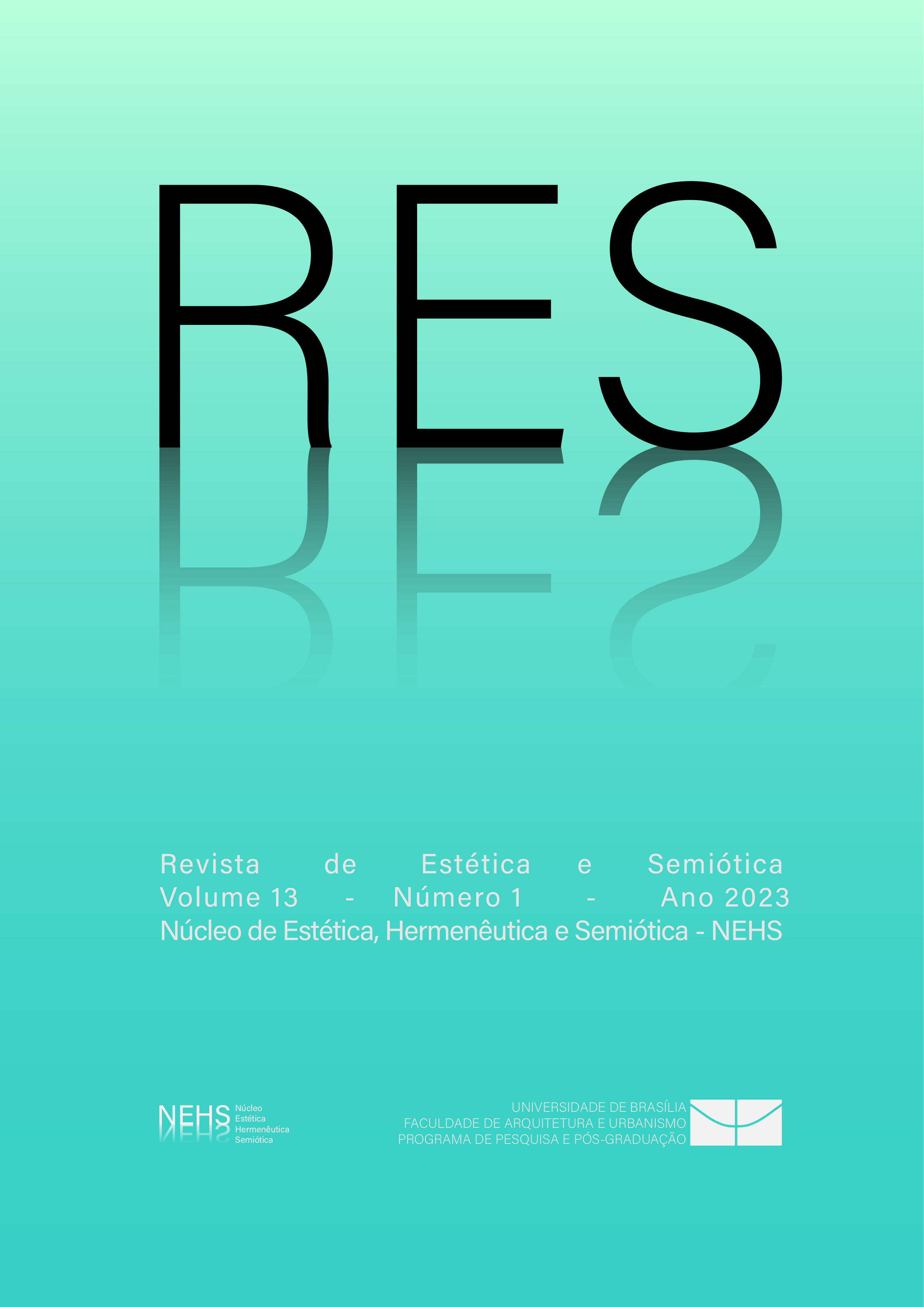Manga – comics from the land of the rising sun
DOI:
https://doi.org/10.18830/issn2238-362X.v13.n1.2023.06Keywords:
Manga; Caricatures; Gender; Sexuality; Age Range.Abstract
Mangas are Japanese comics that seek to portray, from everyday narratives of the Japanese population, the most diverse fantastic stories that the imagination allows to create. The objective of this research was to carry out a historical survey of the influences that gave rise to this specific type of comic book, seeking to understand the characteristics that defined the uniqueness that is represented by manga in contemporary times. Due to its unique characteristics, manga is not recognized by many as a comic book, even because it has a greater Japanese influence, characterized by Japanese artistic expressions (e-makimono and ukiyo-ê), however, when understanding some characteristics in relation to their aesthetic presentations, we see not only the emergence of a new way of conceiving comics, but also a type of sequential art that presents the combination of different elements inherent to Japanese and American arts, thus giving rise to manga as we know it in the world. present.
Downloads
References
BERNDT, Jaqueline. Pictures that come to life: the Hokusai mangá. 2017. Disponível em: <https://www.jberndt.net/wp-content/uploads/2020/05/2017_JB.Hokusai-Manga.cat_.-NSW_.pdf> Acesso em: 1º jan. 2022.
CAGNIN, Antônio Luiz. Os quadrinhos. São Paulo: Ática, 1975.
CÉ, Otavia Alves. Seme ou Uke? Uma análise sobre o yaoi, os quadrinhos homossexuais japoneses. In: FAZENDO GÊNERO DIÁSPORAS, DIVERSIDADES, DESLOCAMENTOS, 9., 2010, Florianópolis. Anais... Florianópolis: UFSC, 2010. p. 1-8.
EISNER, Will. Quadrinhos e arte sequencial. 1. ed. São Paulo: Martins Fontes, 2001.
GUIMARÃES, Edgard. Linguagem e metalinguagem na história em quadrinhos. In: INTERCOM – SOCIEDADE BRASILEIRA DE ESTUDOS INTERDISCIPLINARES DA COMUNICAÇÃO, 25., 2002, Salvador. Anais... Salvador: Congresso Brasileiro de Ciências da Comunicação, 2002.
HIRATA, Tatiane. Mangá: do Japão ao mundo pela prática midiática do scanlation. 2012. Dissertação (Mestrado em Estudos de Cultura Contemporânea) – Instituto de Linguagens, Universidade Federal de Mato Grosso, Cuiabá.
LEITÃO, Renata Garcia de Carvalho. O “som” do silêncio: tradições/adaptações de onomatopeias e mimesis japonesas nos mangás traduzidos para a língua portuguesa. 2012. Dissertação (Mestrado em Língua, Literatura e Cultura Japonesa) – Faculdade de Filosofia, Letras e Ciências Humanas, Universidade de São Paulo, São Paulo.
McCLOUD, Scott. Reinventando os quadrinhos. São Paulo: Makron Books, 2006.
MOLINÉ, Alfons. O grande livro dos mangás. 2. ed. São Paulo: JBC, 2006.
NAKAGAWA, S. F. . Mangá fora dos quadrinhos. In: II Encontro de Pós-Graduandos em Estudos Japoneses, 2013, São Paulo. v. 1, Humanitas, São Paulo: 2013.
OI, Sheila Kiemi. Shôjo mangá: de Gengi Monogarati a Miou Takaya. 2009. Dissertação (Mestrado em Artes Visuais) – Instituto de Artes de São Paulo, Universidade Estadual Paulista, São Paulo. Disponível em: <http://hdl.handle.net/11449/86946>. Acesso em: 19 dez. 2019.
RAMA, Angela; VERGUEIRO, Waldomiro. Como usar as HQs em sala de aula. São Paulo: Editora Contexto, 2014.
SÁ, Joane Leôncio de. O romance gráfico autoral brasileiro: entre os rótulos e a legitimação. 2017. Tese (Doutorado em Letras) – Centro de Arte e Comunicação, Universidade de Federal de Pernambuco, Recife.
ZANONI, Antonio Augusto. O mangá como arte, história e narrativa: relações entre o “eu” e o “outro”. Revista Angelus Novus, São Paulo, n. 16, p. 97-114, 2020. Disponível em: <https://www.revistas.usp.br/ran/art-icle/view/166469/168214>. Acesso em: 13 mar. 2021.
Downloads
Published
Versions
- 2023-08-25 (2)
- 2023-07-06 (1)
How to Cite
Issue
Section
License

This work is licensed under a Creative Commons Attribution-NonCommercial 4.0 International License.




